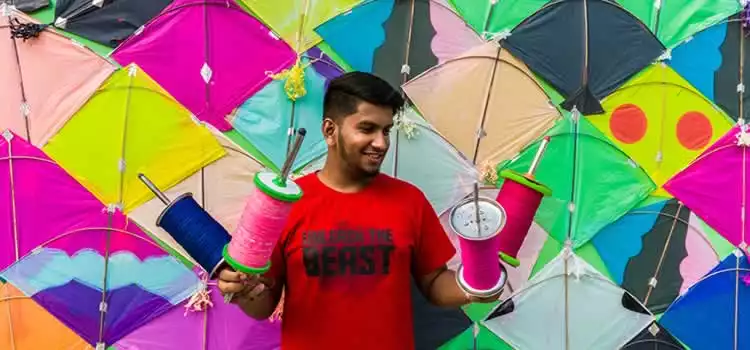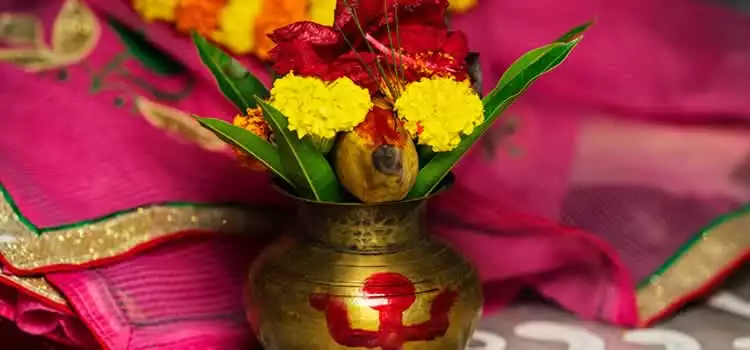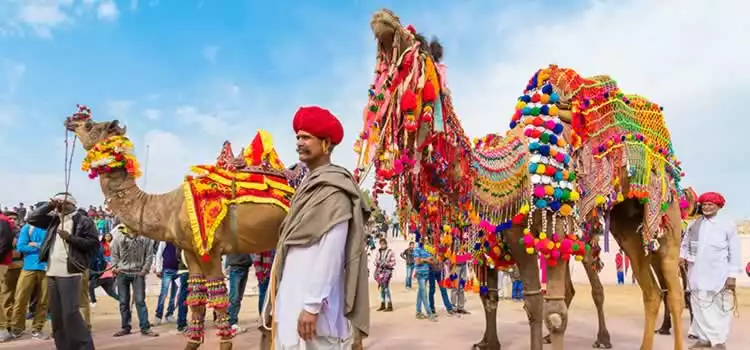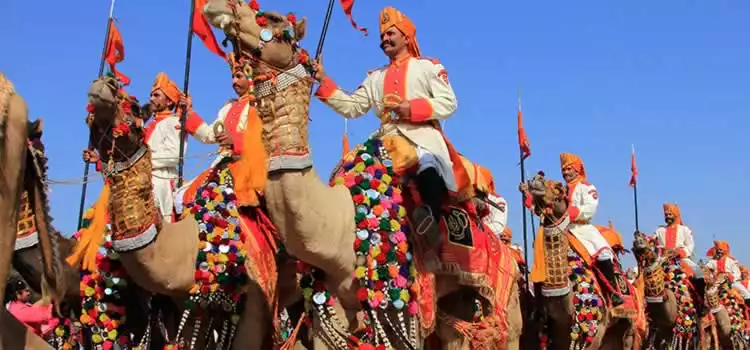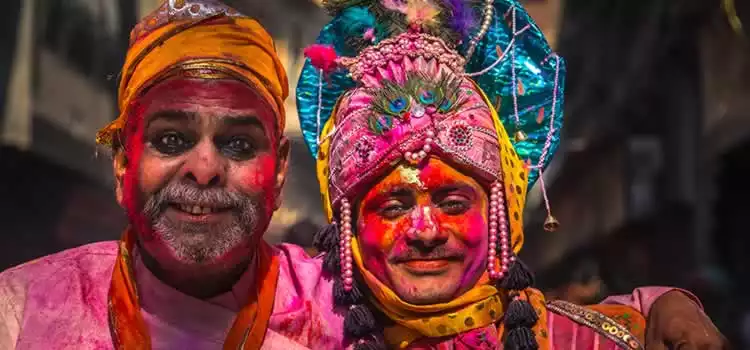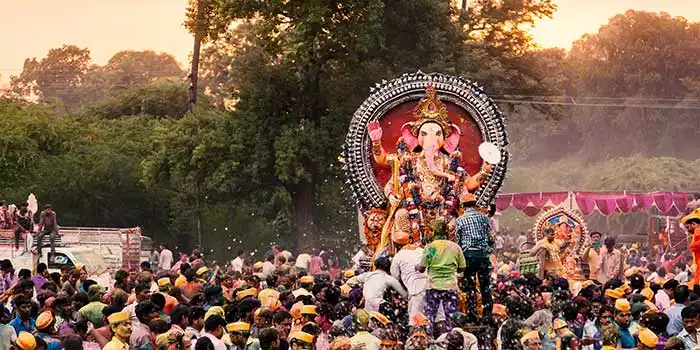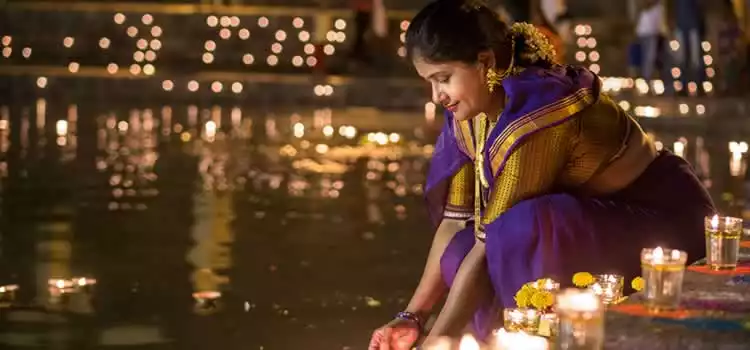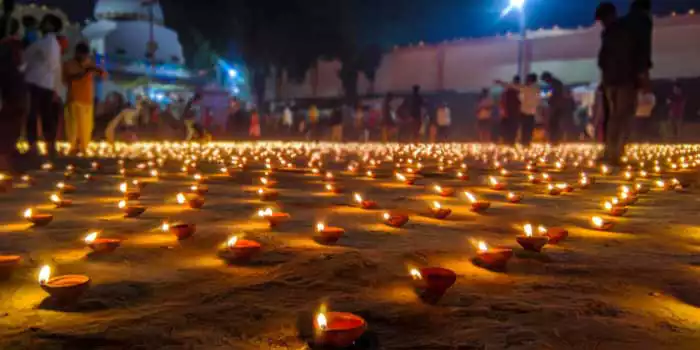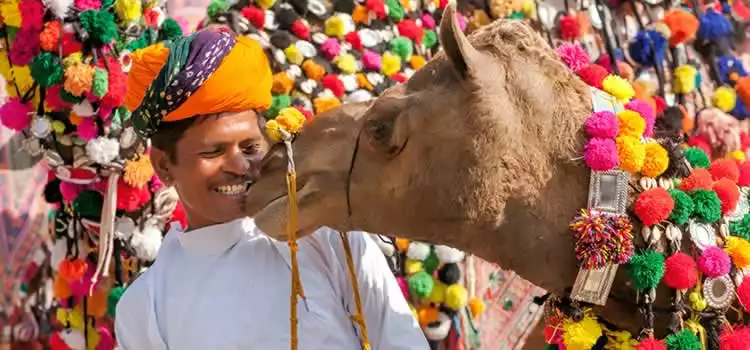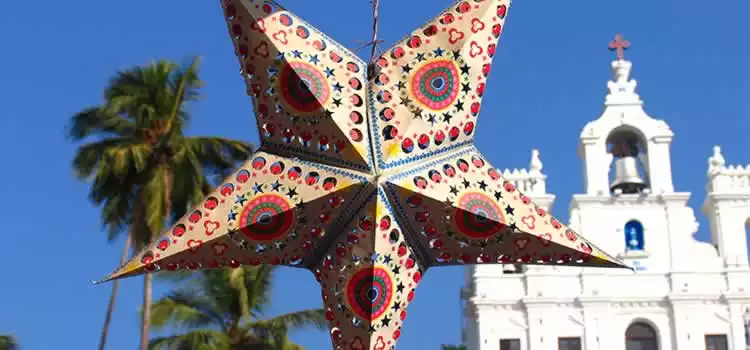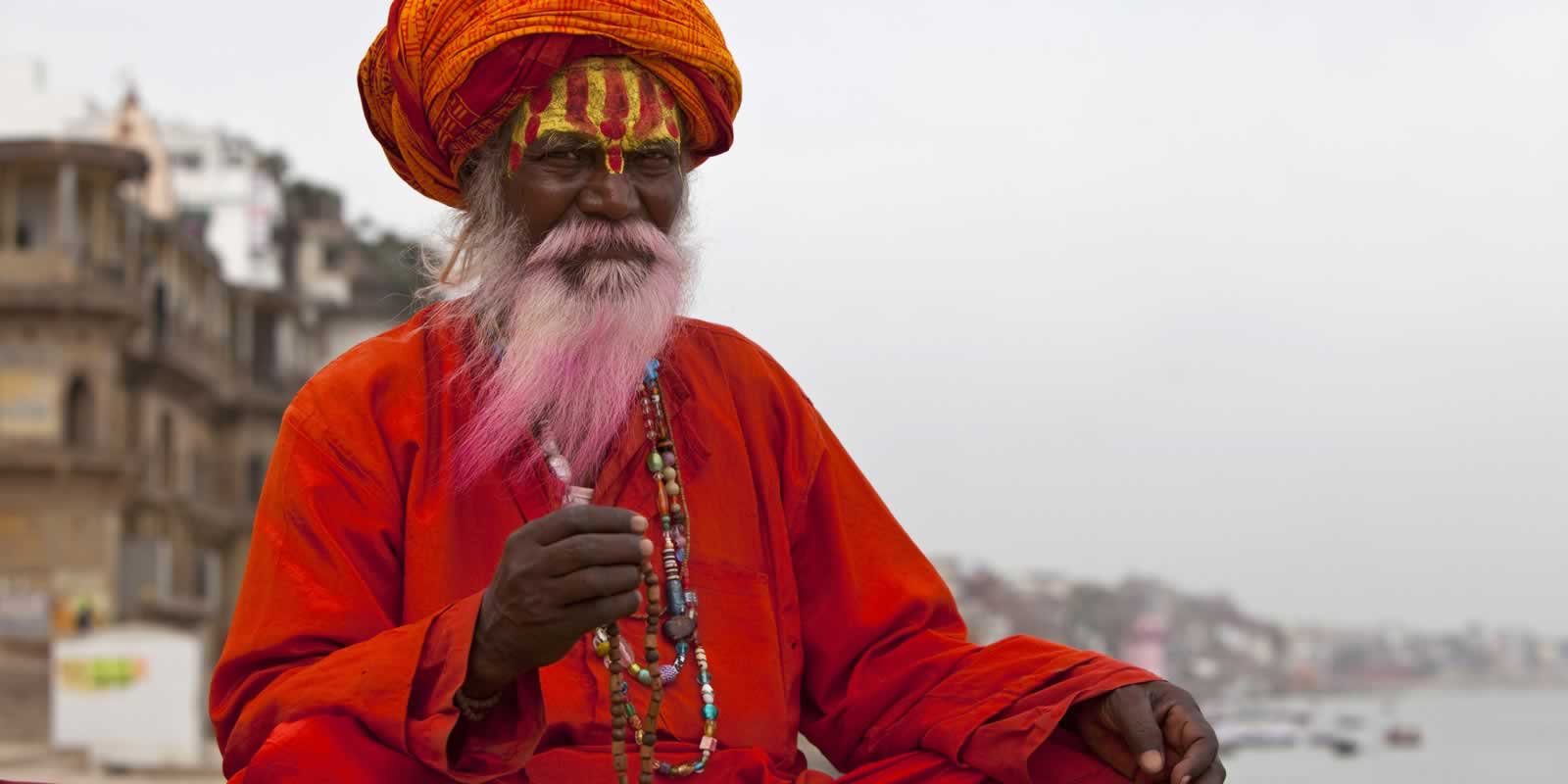
Our weather and events guide to India
The best time to visit India is from November to March when you’ll enjoy pleasant warm dry days and low humidity.
Having said that, the Indian subcontinent stretches over some 3,000 kilometres from north to south and a similar distance from east to west. Within this vast area the climate is affected by the height above sea level and the sweep of the annual monsoon.
There are generally three seasons; the ‘cool’, the ‘hot’ and the ‘wet’. In the ‘cool’ season, from October to April, daytime temperatures remain high but not unbearably so and evenings are dryer and cooler. This is the best time to visit most of India, although it can get very cold in the hill stations and mountainous areas, especially in Himalayan areas.
In the ‘hot’ season from April to June, the whole country experiences uncomfortably hot and dusty weather, day and night, as temperatures build up towards the wet season. The ‘wet’ monsoon season starts in the south, from Jun to Oct and covers the northern and central plains from Jul to Sep. This is a true monsoon with high temperatures, heavy rains and high humidity. The are most definitely not the best times to visit India.
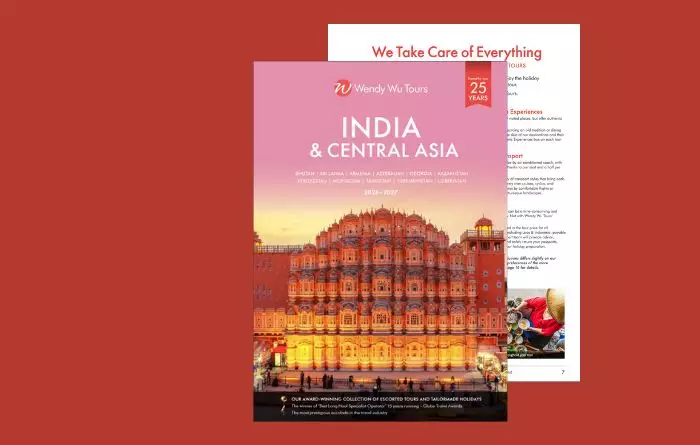
In the north of India, including the Golden Triangle and Rajasthan, you’ll enjoy warm daytime temperatures in the mid to high twenties that are perfect for sightseeing. Evening temperatures can drop as low as 10 degrees though so pack a jumper. You may also encounter some early morning fog.
This is a perfect time to visit Kerala and the south with hot dry days perfect for enjoying sightseeing and soaking up the sunshine on the glorious beaches. The views in the Himalayas are crystal clear but it is exceedingly chilly at this time of the year.
Late January or early February sees skies all over India filled with colourful kites. This charming Hindu festival, celebrated to mark the beginning of Makara in the zodiac calendar, sees intrepid kite fliers battling it out to knock each other out of the sky and be the last one flying.
Celebrating the imminent arrival of Spring and Holi, Vasany Panchami is celebrated in late January or early February predominantly in the north and east of India. You’ll notice a profusion of yellow wherever you look, to honour the favourite colour of the goddess Saraswati
Celebrating all things cameloid, this annual festival in northern Rajasthan is a riot of races, dancing, music and fireworks.
Talk to our Tailor-made team about visiting the Bikaner Camel Festival.
February is still a wonderful time to visit India with pleasant daytime temperatures and dry weather the norm in most of the country. It’s also a slightly less popular time to visit so the sights are less busy than during the peak months of December and January.
In Rajasthan the fog that can sometimes dog popular sights in the winter is far less of a risk, whilst the vegetation is also thinning out in the national parks making wildlife viewing easier.
In the south of India the weather is still hot and dry, perfect for enjoying those beautiful beaches. Temperatures are rising in the Himalayas so the tail end of the month particularly is good for walking in the foothills.
Held in and around the dramatic fort city of Jaisalmer, the desert festival is a celebration of local culture showcasing everything from fire dancers and gymnasts to local song and dance. Based on the lunar calendar, the festival runs in late January or early February.
Talk to our Tailor-made team about visiting the Jaisalmer Desert Festival.
March is a kaleidoscopically colourful time of the year to visit with the paint throwing festival of Holi being celebrated. The weather is also great for sightseeing still in March throughout the country.
March is a super month for wildlife spotting in parks like Ranthambore and Pench and it’s also a really pleasant time of the year to visit the Himalayas with spring flowers in full bloom.
An ancient Hindu festival celebrated mostly in the north of India, Holi is known variously as the Festival of Spring, the Festival of Love or the Festival of Colours and heralds the arrival of spring. Revellers celebrate the passing of winter by smearing paint and hurling coloured water over themselves and everyone else who happens to be in the vicinity.
In Rajasthan and the north the skies clear as the monsoon retreats but you can still expect the odd storm, especially in the early part of the month. With this in mind, prices are often lower so September is a great value month to travel.
Rainfall is still high in the tropical south and the Himalayas, so you are advised to wait until October before venturing to these parts of India.
Taking place through August and September the Ganesh Chaturthi festival is a Hindu celebration honouring Ganesh. Images of the elephant-headed god are created and paraded along streets throughout the country before being installed in private or public shrines. The festival culminates with the idols being immersed in rivers, lakes or the sea.
October is a wonderful month to visit much of India with great weather and some magical festivals.
In the north, temperatures are cooling pleasantly and the monsoon rains are a distant memory around Rajasthan and the Golden Triangle. Parks and reserves reopen in October so a tiger safari is now back on the menu and conditions are also ideal for sightseeing in Varanasi and Kolkata.
Mumbai and Goa are largely dry and pleasant. The landscapes of Kerala and the south are lush and beautiful but may still experience some rainfall in the early parts of the month.
Diwali, the Festival of Light, is an extended festival that celebrates the triumph of light over dark and falls either in October or November. Over five days, small lamps, or diyas, are lit and placed outside buildings, houses are decorated and fireworks let off in the evenings. Celebrated all over the country it is a magical time to be in India.
November is a wonderful month to travel all over India. The rains are long gone and daytime temperatures are just perfect for exploring and sightseeing. National parks and reserves are all open and many festivals are in full swing.
Celebrating the triumph of light over dark and falling either in October or November, Diwali is a wonderful time to be in India. Families get together to light candles and small lamps that adorn building and streets and the evening air resounds with the sound of numerous fireworks displays.
Once a year Pushkar is utterly transformed as camel traders from all over Rajasthan descend on the normally sleepy lakeside village for the Pushkar Camel Fair. Thousands of camels, horses and livestock are traded and there is a festival atmosphere with song and dance performances, camel races, cricket and even a longest moustache competition.
Talk to our Tailor-made team about visiting the Pushkar Camel Fair
December is a good month to visit India. Temperatures are beginning to fall as the country enters its winter season but that still means daytime highs in the low twenties in Rajasthan and the north so sightseeing is very pleasant. Evenings can get down into single figures though so pack a sweater. The south is wonderfully warm, even in the evenings the temperature rarely falls below twenty, with sparse rain, just perfect.
Although less than 3% of the country are practising Christians, the Christmas period is a busy time with many people visiting over the holidays. Christmas is still celebrated and it’s not unusual to see decorations adorning local houses and businesses, especially in areas with large Christian populations like Mumbai, Goa and Madurai.
Read our latest articles or travel inspiration, exciting news about our destinations and all things Wendy Wu Tours
